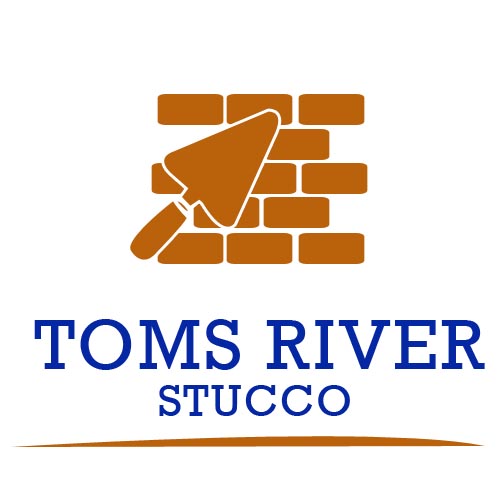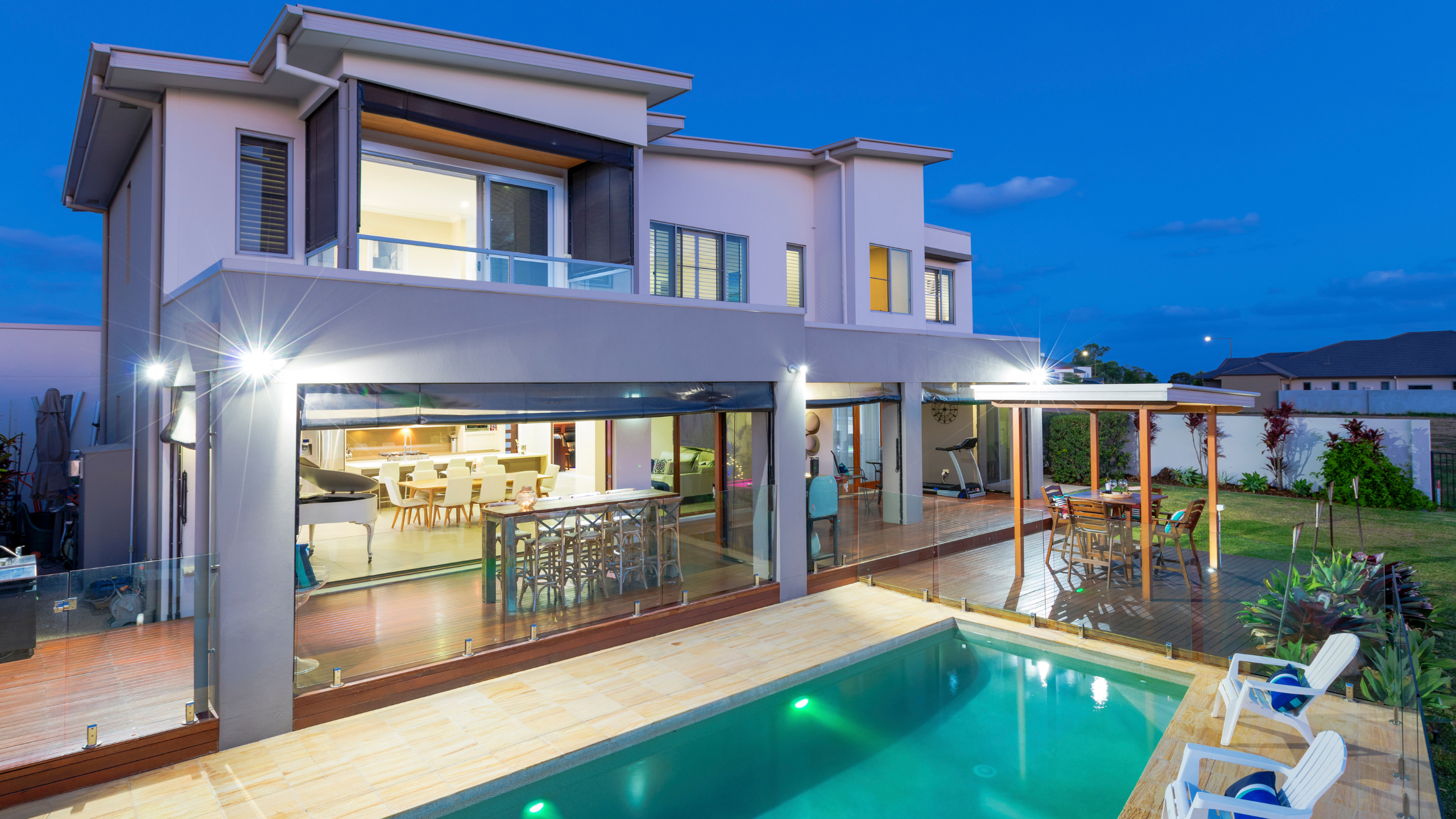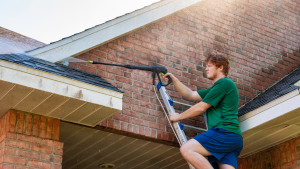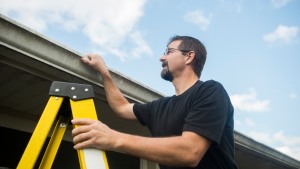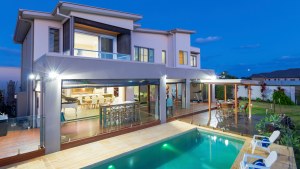Stucco is a popular choice for buildings because it lasts a long time, looks nice, and helps control temperatures inside buildings. People have used it for thousands of years, as the Greeks and Romans did. Even today, stucco is still common in many different types of buildings, from big ones to small homes with a Mediterranean style. It doesn’t just make buildings look good – it also helps keep them warm in winter and cool in summer, which saves energy. This makes stucco a smart choice for anyone who wants practicality and style in their building materials.
At Toms River Stucco & EIFS, we’ve fostered enduring relationships with homeowners, business owners, contractors, builders/developers, and architects for nearly four decades. Our dedication to quality craftsmanship and customer satisfaction is at the core of everything we do. Allow us to assist you in selecting the optimal system and options for your property. We eagerly anticipate the opportunity to collaborate with you!
The Core Strength of Stucco
Stucco is a tough building material that can handle tough weather without any problems. Over time, it has improved to work even better, offering strong protection against rain, heat, and other outdoor conditions. Once completely dry, stucco creates a strong barrier, making buildings even more resistant to the elements. Its long-lasting nature makes it a popular choice for covering the outside of buildings, keeping them strong and sturdy for many years. Stucco is well-known for its reliability and durability and how it adds to the look of buildings, making it a favorite among builders and homeowners.
Blending Tradition and Innovation
Stucco combines old and new techniques, sticking easily to different surfaces like metal and concrete, which makes it useful for many building styles. Architects like it because it’s flexible, letting them get creative with their designs. As stucco methods improve over time, they not only make buildings stronger but also make them look better. As builders learn more and technology gets better, stucco keeps improving, too, adding to the beauty and strength of buildings. That’s why it’s a crucial part of making buildings stand the test of time and look great.
More Than Just Looks: Practicality and Effectiveness
Stucco is not only about looks; it’s also crucial for keeping buildings safe and strong. It acts as a shield, keeping buildings warm in cold weather and protecting them from fires, which is important for homes and big buildings. There are different types of stucco, like the traditional cement-based kind, and newer versions are made with special materials. For example, elastomeric stucco can flex and hide cracks, making buildings tougher over time. Stucco is trusted for its reliability and durability. It is a key part of construction because it can make buildings sturdy and last long, no matter the weather.
The Craft of Applying Stucco
Applying stucco is like creating a masterpiece in three steps:
- A base coat
- A middle layer
- A coat of color or finish
Each layer is carefully added not only to make the building strong but also to make it look nice. Stucco comes in many styles, from smooth and shiny to textured designs that look like stone or lace. You can also add colors or special coatings to make it even more unique. Stucco isn’t just for building – it’s like an artist’s canvas, letting builders create something amazing that lasts a long time and looks beautiful.
Different common types of exterior plaster
There are several types of stucco, each with its unique characteristics and applications. Some common types of exterior plaster include:
- Traditional Cement-Based Stucco: Made from a mix of cement, sand, and water, this classic stucco is renowned for its sturdiness and resistance to tough weather. It’s used in many different building styles and helps protect buildings from various elements.
- Synthetic Stucco (Acrylic-Based): Also called Exterior Insulation and Finish System (EIFS), synthetic stucco is created using acrylic resins, polymers, and aggregates. It’s flexible, making it less likely to crack, and it’s popular in modern construction projects because it’s easy to apply.
- Elastomeric Stucco: This type of stucco contains elastomers, which make it flexible and able to fill in small cracks while keeping out water. It’s great for areas with changing temperatures and lots of moisture, like earthquake-prone regions.
- Lime-Based Stucco: Lime-based stucco, also known as traditional or historic stucco, is made from lime, sand, and water. It’s breathable and works well on historic buildings, offering more flexibility and durability than cement-based stucco.
- One-Coat Stucco: Simplifying the stucco process, one-coat stucco combines the scratch coat, brown coat, and finish coat into one layer. It’s designed to save time and money while providing strong adhesion and durability, making construction projects more efficient.
These examples showcase the wide array of stucco options available for exterior plastering. Each variant presents unique benefits and considerations, emphasizing the significance of choosing the most appropriate type for your specific project needs and the prevailing climate conditions in your area.
Conclusion:
In conclusion, stucco epitomizes a harmonious marriage of aesthetic appeal and practicality in architectural design. Far more than just a building material, it symbolizes resilience, durability, and timeless elegance. As a siding option, stucco excels due to its longevity and ability to elevate the visual appeal of structures. Its minimal maintenance requirements further contribute to its widespread popularity. Stucco’s ability to withstand varying weather conditions while insulating buildings and enhancing their aesthetic charm underscores its enduring relevance throughout history. From ancient times to the present day, stucco has remained steadfastly reliable, adapting to evolving needs in construction. As we look to the future, let us continue to value and celebrate the allure and durability of stucco, ensuring its continued prominence in construction practices for generations to come.
